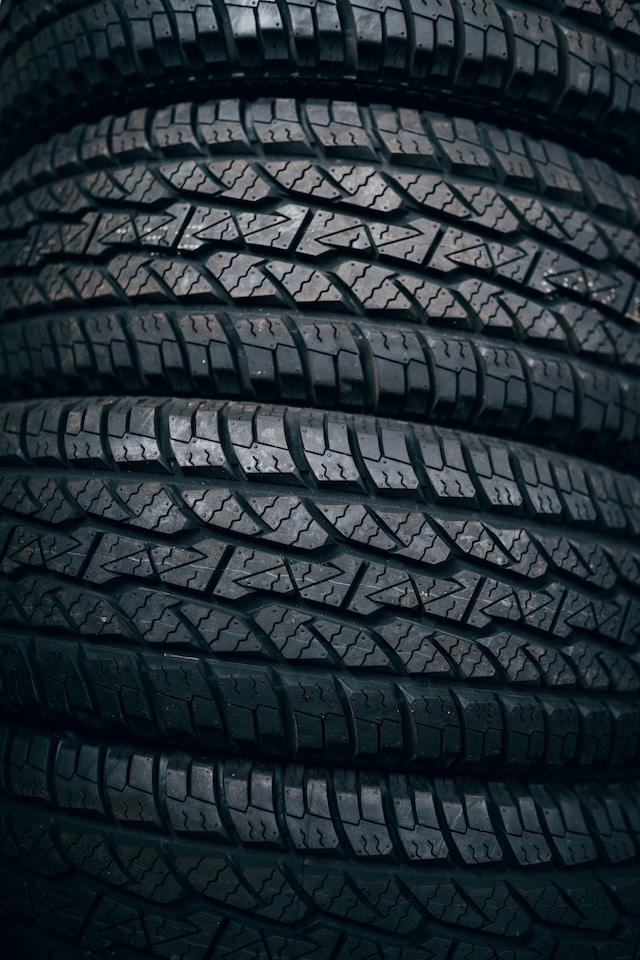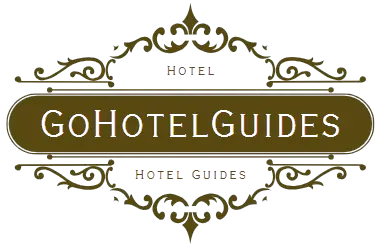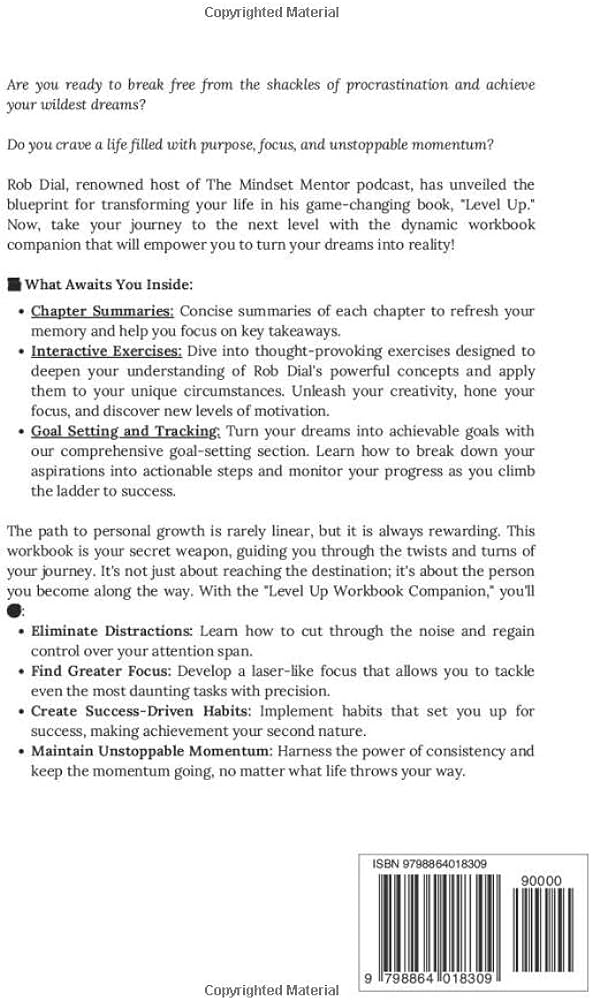Technical noise refers to unwanted signals or interference that can disrupt electronic communication or data transmission. It can negatively impact the quality of audio or visual signals, causing distortion or loss of information.
Technical noise is a common issue in the realm of electronic communication and data transmission. Unwanted signals or interference can disrupt the smooth flow of information, leading to distortions or loss in quality. Whether it’s audio signals getting distorted during a phone call or video signals experiencing disruptions during a livestream, technical noise can be a major annoyance for both users and service providers.
Understanding the causes of technical noise and finding effective ways to mitigate it is crucial for maintaining clear and reliable communication channels in today’s digitally interconnected world. We will explore the concept of technical noise in more detail, delve into its causes, and discuss some potential solutions to combat this frustrating phenomenon.
The Impact Of Technical Noise
Technical noise refers to the interference caused by electronic devices, resulting in disruptions to signals and communications. This can negatively impact the performance of equipment, leading to errors and inefficiencies. Understanding and mitigating technical noise is crucial for maintaining reliable and effective systems.
Types of Technical NoiseTechnical noise refers to any unwanted interference or distortion that occurs in electronic communication systems. There are several types of technical noise that can have a significant impact on the quality and effectiveness of communication. Understanding these types of noise is crucial for identifying and resolving issues that may arise in various electronic platforms and devices.
1. Thermal Noise: Also known as white noise, thermal noise is caused by the random motion of electrons in conductors. It is prevalent in all electronic devices and can significantly affect the clarity and accuracy of transmitted signals.
2. Intermodulation Noise: This type of noise occurs when two or more signals interact with each other, creating additional unwanted frequencies. Intermodulation noise can distort the original signals and cause a loss of information.
3. Crosstalk: Crosstalk is a phenomenon where a signal from one communication channel interferes with a signal in an adjacent channel. It can occur in various electronic systems, such as telephone lines or computer networks, causing a loss of signal integrity and clarity.
4. Impulse Noise: Impulse noise consists of short-duration disturbances that occur randomly in a communication system. These disturbances can be caused by power surges, electromagnetic interference, or other external factors. Impulse noise can result in errors or interruptions in the transmitted data.
5. Environmental Noise: This type of noise is caused by external factors, such as radio frequencies, electromagnetic interference from nearby electronic devices, or natural phenomena like lightning. Environmental noise can disrupt communication signals and lead to a degradation in the quality of transmitted data.
Effects of Technical NoiseTechnical noise can have a range of negative effects on communication systems and devices. Understanding these effects is crucial for troubleshooting and resolving any issues that arise. Here are some of the most common effects of technical noise:
- Signal Distortion: Technical noise can distort the original signal, leading to a loss of clarity, accuracy, and integrity.
- Data Loss: Noise interference can result in the loss of transmitted data or cause errors in the information being communicated.
- Reduced Bandwidth: Technical noise can consume a portion of the available bandwidth, reducing the capacity for transmitting data.
- Interference: Noise interference can disrupt communication signals, interfering with the reception and comprehension of data.
- Increased Noise Floor: The presence of technical noise can raise the overall noise floor, making it more challenging to distinguish the signal from the background noise.
By understanding the different types of technical noise and its effects, we can develop strategies to minimize its impact and ensure smooth and seamless communication in electronic systems.

Credit: www.amazon.com
Identifying Technical Noise Sources
Technical noise refers to unwanted sounds that interfere with the quality of audio or electrical signals. Identifying these sources is crucial for troubleshooting and ensuring optimal performance of electronic devices.
Technical noise refers to the various distractions and interruptions that can hinder productivity and focus in the digital world. To effectively combat technical noise, it is crucial to identify its sources. In this article, we will explore two common sources of technical noise: Digital Distractions and Technological Interruptions.
Digital Distractions
Digital distractions can significantly impact our ability to stay focused and productive. With the ever-increasing presence of mobile technology and social media platforms, it has become all too easy to get caught up in the endless loop of notifications, messages, and browsing. This constant barrage of information can be overwhelming and lead to a loss of precious time and concentration.
To identify digital distractions, it is important to take a step back and assess your digital habits. Are you constantly checking your phone for new notifications? Do you find yourself getting easily distracted by social media updates? Recognizing these patterns is the first step towards minimizing digital distractions.
Here are a few strategies to combat digital distractions:
- Put your phone on silent or keep it in a different room to minimize the temptation to check it frequently.
- Use website-blocking extensions or apps to restrict access to time-consuming websites and social media platforms during focused work sessions.
- Set specific time slots for checking emails and messages to prevent interruptions throughout the day.
- Practice mindfulness techniques to increase self-awareness and focus on the present moment, rather than being consumed by digital distractions.
Technological Interruptions
Technological interruptions can range from unexpected hardware failures to software glitches, all of which can disrupt workflow and cause frustration. It is important to be proactive in identifying potential sources of technological interruptions to minimize their impact on productivity.
Here are some commonly encountered technological interruptions:
| Source | Impact |
|---|---|
| Power Outages | Loss of unsaved work and disruption in ongoing tasks. |
| Internet Connectivity Issues | Difficulty in accessing online resources and collaborating with team members. |
| Software Updates | Temporary loss of access to essential software tools during the update process. |
| Hardware Failures | Potential data loss and the need for repairs or replacements. |
To mitigate the impact of technological interruptions, consider implementing these strategies:
- Regularly backup your important files to minimize the risk of data loss.
- Invest in uninterruptible power supply (UPS) systems to protect against power outages and prevent work disruption.
- Ensure you have stable and reliable internet connectivity by using wired connections or investing in a high-quality router.
- Schedule software updates during non-working hours to avoid interruptions while working on critical tasks.
- Perform routine maintenance on your hardware to reduce the likelihood of failures.
Strategies For Eliminating Technical Noise
Implementing Digital Detox
One effective strategy for eliminating technical noise is to implement a digital detox. This involves consciously taking time away from digital devices and platforms. By setting boundaries and allocating specific times for device usage, individuals can create healthier habits and reduce the noise of constant connectivity.
Managing Notifications
To reduce technical noise, managing notifications is crucial. Users can turn off unnecessary notifications from apps and devices. This practice helps prioritize important alerts, leading to improved focus and reduced distractions. Establishing specific time slots for checking and responding to notifications can further mitigate the impact of technical noise.

Credit: sansonejrs66mitsubishi.com
Creating A Distraction-free Environment
In today’s fast-paced digital world, it can be challenging to stay focused and be productive. With constant notifications, emails, and social media distractions, it’s no wonder that the concept of technical noise has gained attention. Technical noise refers to the various digital distractions that hinder our ability to concentrate and complete tasks efficiently. Creating a distraction-free environment is crucial to overcome these obstacles and optimize our productivity.
Optimizing Physical Workspace
A cluttered workspace can lead to a cluttered mind. When it comes to creating a distraction-free environment, the physical workspace plays a vital role. Here are some tips to optimize your physical workspace:
- Organize your desk by keeping only the essential items within reach.
- Use desk organizers or drawers to store and separate items.
- Invest in ergonomic furniture for comfort and better focus.
- Ensure proper lighting to reduce eye strain and fatigue.
- Keep the workspace clean and tidy to minimize distractions.
Utilizing Time Management Techniques
Time management is key to maintaining focus and achieving productivity. By adopting effective time management techniques, you can better control distractions and make the most of your available time. Consider the following strategies:
- Create a schedule or to-do list to prioritize tasks and allocate specific time slots for each.
- Break larger tasks into smaller, more manageable chunks to prevent overwhelm.
- Use time-tracking apps or tools to monitor how you spend your time and identify potential areas of improvement.
- Practice the Pomodoro Technique, which involves working in focused bursts followed by short breaks to enhance productivity.
- Minimize multitasking and instead, focus on one task at a time to avoid distractions and maintain concentration.
Building Sustainable Habits
Building sustainable habits is crucial for managing technical noise effectively. In order to maintain a healthy balance between our digital world and our everyday lives, we need to develop mindfulness practices and establish boundaries. By incorporating these habits into our daily routine, we can navigate the overwhelming amount of technical noise and create a more peaceful and productive environment.
Mindfulness Practices
Mindfulness practices can help us stay present and focused amidst the constant barrage of technical noise. Here are some effective techniques to incorporate into your daily routine:
- Meditation: Take a few minutes each day to sit quietly and focus on your breath. This simple practice can help calm the mind and reduce stress.
- Deep breathing: When you find yourself feeling overwhelmed by technical noise, take a moment to take deep breaths. Inhale deeply through your nose and exhale slowly through your mouth, allowing yourself to relax and let go of any tension.
- Body scan: Close your eyes and gradually bring your attention to each part of your body, starting from the top of your head and moving down to your toes. Notice any sensations or areas of tension, and allow yourself to relax and release them.
Establishing Boundaries
Establishing boundaries is essential for managing technical noise and maintaining a healthy work-life balance. Here are some strategies to help you set clear boundaries:
- Create designated tech-free zones: Set certain areas in your home or office where you are not allowed to use technology. This can be a specific room or simply your dining table during mealtimes.
- Set specific time limits: Allocate specific time slots for checking emails, browsing social media, or engaging in other online activities. Stick to these time limits to avoid getting sucked into the endless cycle of technical noise.
- Turn off notifications: Disable unnecessary notifications on your devices to minimize distractions. Only allow notifications for important messages or tasks that require immediate attention.

Credit: www.westgateresorts.com
Frequently Asked Questions For What Is Technical Noise
What Is The Technical Definition Of Noise?
Noise is defined as unwanted sound that interferes with the desired or intended signal. It can be any type of random or unwanted sound that disrupts communication or causes discomfort.
What Are Examples Of Technological Noise?
Examples of technological noise include static in phone calls, interference in TV signals, and glitches in computer software.
What Is Noise In Technical Writing?
Noise in technical writing refers to any unnecessary or irrelevant information that hampers the clarity and effectiveness of the content. It includes excessive jargon, complex sentences, grammatical errors, and lengthy explanations that confuse the reader. Eliminating noise improves the readability and comprehension of technical documents.
What Are The 4 Types Of Noise Communication?
The four types of noise communication are physical noise, physiological noise, semantic noise, and psychological noise. Physical noise includes external interferences like loud sounds. Physiological noise refers to distractions within the body, like a headache. Semantic noise involves misunderstandings due to language or cultural differences.
Psychological noise refers to distractions caused by emotions or personal biases.
Conclusion
In a technology-driven world, technical noise can hinder communication and productivity. Understanding the concept and its impact is crucial for businesses and individuals. By minimizing unnecessary complexities and optimizing clear messaging, we can navigate technical noise more effectively. Embracing simplicity and clarity in our communication is key to overcoming technical noise challenges.

